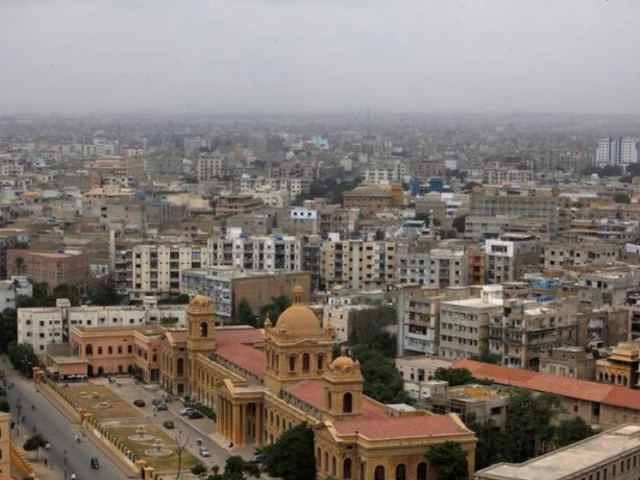For the current fiscal year, goods exports are estimated at $35.28 billion, services exports are projected at $8.38 billion.
The federal government has set ambitious economic targets for the next three years, aiming to raise the GDP growth rate to between 4.2% and 5.7%. Other objectives include increasing the size of the national economy to 162.513 billion rupees, boosting exports by more than 10 billion dollars and increasing remittances to a record 44.82 billion dollars.
According to the three-year Macroeconomic and Fiscal Framework issued by the Ministry of Finance, significant growth is expected in exports, remittances, tax revenues and the overall size of the economy.
The report projects that Pakistan’s exports will increase from $44.83 billion to $55 billion over the next three years, an increase of more than $10 billion. Exports of goods are expected to reach $42.69 billion, while exports of services, including information technology, are estimated at $12.24 billion.
Read: Pakistan likely to receive $1.2 billion tranche from IMF
For the current financial year, the export of goods is estimated at $35.28 billion, and exports of services are projected at $8.38 billion. Imports are expected to increase by $14.5 billion to $79.71 billion. Remittances are expected to hit a record $44.82 billion in three years, compared with $39.43 billion expected during the current fiscal year.
The International Monetary Fund (IMF) has projected Pakistan’s economic growth rate at 3.6% for the current fiscal year.
Contrary to the forecast of 3.6% economic growth, sources have said that during last week’s inconclusive discussions, IMF staff had projected 3% to 3.5% growth. They said the IMF’s view was that the recent floods have weighed on the economic outlook, particularly for the agricultural sector, given the damage to major Kharif crops.
Read more: IMF projects Pakistan’s growth at 3.6%
Pakistan’s government has already adjusted its ambitious target downward from 4.2% to 3.5%, while the World Bank has made a forecast of 2.6% for the same reason.
Sources said that even in the medium term, the IMF was projecting no more than a 4.5% economic growth rate for Pakistan, which is also dependent on support from any significant rise in exports and investment.
The IMF Executive Board is expected to approve the third tranche of $1 billion for Pakistan under the Extended Fund Facility (EFS) program during its meeting scheduled in December.
The Fund is also likely to provide $200 million in climate finance, which will be available through the climate resilience financing facility.
The staff-level agreement between Pakistan and the IMF was finalized on October 15. Finance Ministry officials are optimistic that the next tranche of the ongoing loan program will be approved.




